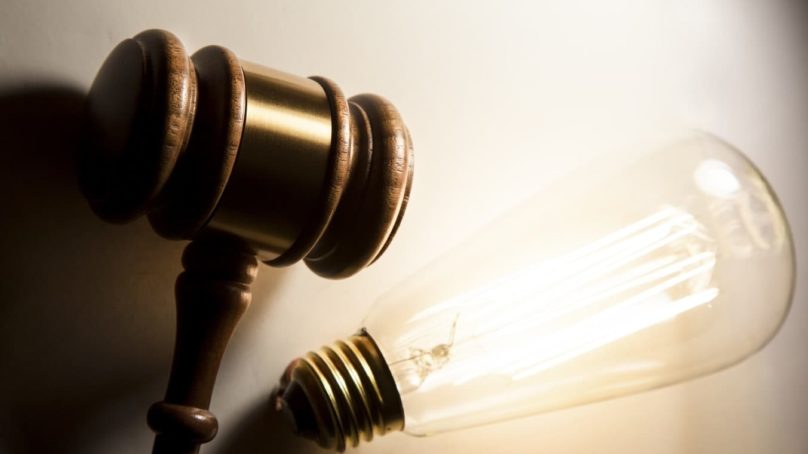
Consider that you are the leader of a firm that has made a significant breakthrough in your field, and your firm is actively spreading the word about your products and developments through a well-thought-out and attractive product.
Everything is going well until you discover that out on the Internet there is another firm that suddenly is marketing a very similar product. You are certain that you are losing hundreds of thousands of dollars in business to the interloper, but aren’t certain that you can prove what your eyes are seeing.
Are you the victim of a trademark, trade dress, or copyright infringement? And if so, how do you prove it? Until very recently you would have had a difficult, time-consuming, and costly road before you.
Recently, however, researchers applied a subset of artificial intelligence to the legal arena and achieved some remarkable results that can be used to unmask and prove commercial/industrial theft with reasonable certainty. This endeavor is discovering bold new ways to develop existing technology and apply it in previously unexplored areas.
To assess a trade dress or trademark infringement claim, two important questions must be answered: 1) does the original product or mark have characteristics that show it has a uniqueness when compared to similar products? And 2) if viewed by potential customers is there a likelihood of confusion between the two products?
Previously, courts required plaintiffs to prove that these conditions exist by submitting evidence provided through expert testimony and surveys of potential customers. But recently, by leveraging cutting edge machine learning techniques, it is possible to evaluate the distinctiveness of a mark and the likelihood of confusion with another. These questions can be answered faster, with less cost, and best of all, with documentable results that rely on scientific data not human opinions.
The analyses created by this technology provide additional, scientific, supporting data in these cases. In fact, several of the leading experts in this area are already applying machine learning technology in support of testimony.
Much as DNA evidence revolutionized criminal trials in the late 1980s, the results provided by AI techniques will push courts to consider the admissibility of such approaches. This is as of yet an untested area, but could significantly lower legal costs.
The goal was to achieve a result that would not only meet, or preferably exceed, as yet undefined legal evidentiary criteria with statistical significance, but also withstand spirited cross examination. On a technical level, the program is a convolutional neural network-based binary classifier which is taught to differentiate between products of the target company, and similar, but non-infringing, third party products. Based on the characteristics of the datasets, various data augmentation strategies are used, and some information (such as colors or logos) can be stripped out if the algorithm should not rely on such attributes to make its determination.
In test cases, the algorithm performs well at distinguishing between the target product and non-infringing products. However, when asked to classify images of the infringing product, the accuracy drops significantly. This drop indicates that the algorithm struggles to distinguish these potentially infringing products from authentic ones. In other words, it can’t tell the difference. Therefore, it can be used a proxy to estimate the “likelihood of confusion.”
In addition, this approach provides new avenues for data mining that are impractical with manual methods, such as preemptively analyzing large image sets to identify potentially infringing products. Besides protecting businesses from competitors that are attempting to unfairly infringe on their research and development, this approach also can be used prior to a new product launch to ensure that it does not infringe on brands developed by competing firms that already are on the market.
Other uses include research applications that can analyze trends and the diffusion of significant designs through specific markets over time.[1]
This approach was developed using core technology that is a direct result of litigation needs that themselves pushed the technology. In a sense, it is similar to doing a manual Internet search for a specific subject, or using Facebook facial recognition technology, but it is exponentially faster and more thorough. It can be applied in the US and overseas, depending on international laws, and overall is a modern technological breakthrough that will provide a significant asset to the legal community.
About the Author
 Cedric Garcia is Senior Engagement Manager in the New York office of Keystone Strategy, a management and economics consulting firm. He can be reached at [email protected] or 212-381-0712.
Cedric Garcia is Senior Engagement Manager in the New York office of Keystone Strategy, a management and economics consulting firm. He can be reached at [email protected] or 212-381-0712.
____________
[1] Neural network-based analysis: authors Cedric Garcia, Shehryar Hasan, Sepehr Saroukhani, Mark Karlson, Alissa Dubnicki, Samantha Price


